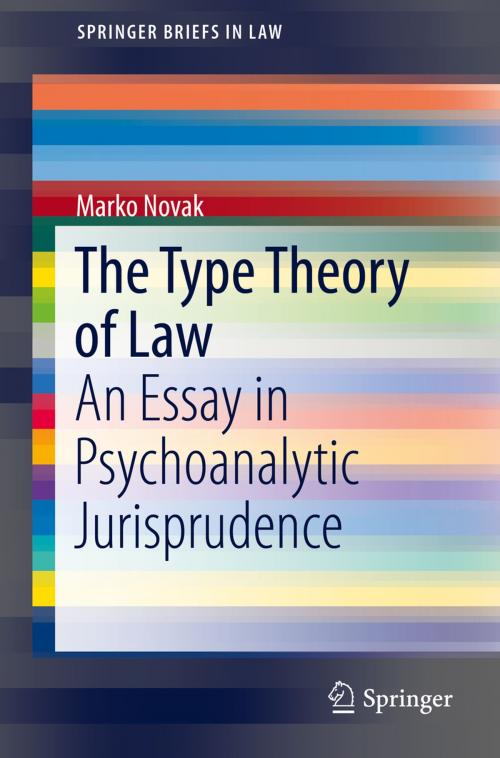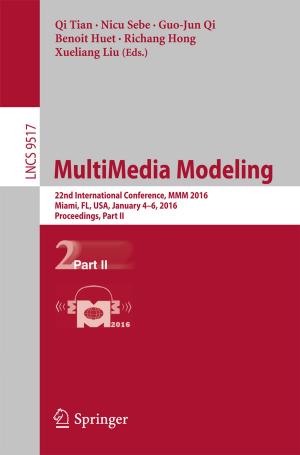The Type Theory of Law
An Essay in Psychoanalytic Jurisprudence
Nonfiction, Reference & Language, Law, Reference, Religion & Spirituality, Philosophy, Metaphysics| Author: | Marko Novak | ISBN: | 9783319306438 |
| Publisher: | Springer International Publishing | Publication: | May 10, 2016 |
| Imprint: | Springer | Language: | English |
| Author: | Marko Novak |
| ISBN: | 9783319306438 |
| Publisher: | Springer International Publishing |
| Publication: | May 10, 2016 |
| Imprint: | Springer |
| Language: | English |
This volume presents a Type Theory of Law (TTL), claiming that this is a unique theory of law that stems from the philosophical understanding of Jung’s psychological types applied to the phenomenon of law. Furthermore, the TTL claims to be a universal, general and descriptive account of law. To prove that, the book first presents the fundamentals of Jungian psychological types, as they had been invented by Jung and consequently developed further by his followers. The next part of the book describes how the typological structure of an individual determines their understanding of law. It then addresses the way in which inclusive legal theory can be understood based on this typology. Finally, the book describes the TTL in general and descriptive terms and puts it into context. All in all, the book shows how the integral or inclusive approach to understanding the nature of law is not only in tune with our time, but also relevant for presenting a more persuasive picture of law than the older exclusivist or dualist approaches of strict natural law and rigid legal positivism did.
This volume presents a Type Theory of Law (TTL), claiming that this is a unique theory of law that stems from the philosophical understanding of Jung’s psychological types applied to the phenomenon of law. Furthermore, the TTL claims to be a universal, general and descriptive account of law. To prove that, the book first presents the fundamentals of Jungian psychological types, as they had been invented by Jung and consequently developed further by his followers. The next part of the book describes how the typological structure of an individual determines their understanding of law. It then addresses the way in which inclusive legal theory can be understood based on this typology. Finally, the book describes the TTL in general and descriptive terms and puts it into context. All in all, the book shows how the integral or inclusive approach to understanding the nature of law is not only in tune with our time, but also relevant for presenting a more persuasive picture of law than the older exclusivist or dualist approaches of strict natural law and rigid legal positivism did.















